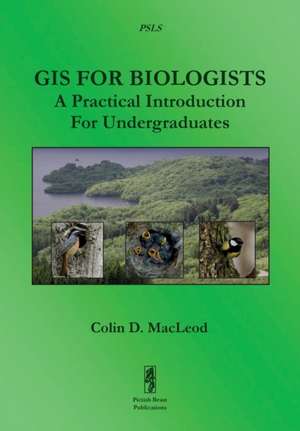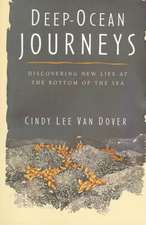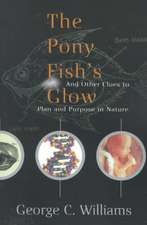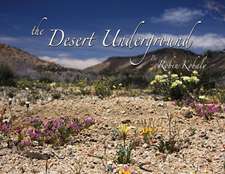GIS For Biologists
Autor Colin D MacLeoden Limba Engleză Paperback – 30 dec 2015
Preț: 259.91 lei
Nou
Puncte Express: 390
Preț estimativ în valută:
49.74€ • 54.01$ • 41.78£
49.74€ • 54.01$ • 41.78£
Carte tipărită la comandă
Livrare economică 22 aprilie-06 mai
Preluare comenzi: 021 569.72.76
Specificații
ISBN-13: 9781909832176
ISBN-10: 1909832170
Pagini: 352
Dimensiuni: 170 x 244 x 20 mm
Greutate: 0.56 kg
Editura: Pictish Beast Publications
ISBN-10: 1909832170
Pagini: 352
Dimensiuni: 170 x 244 x 20 mm
Greutate: 0.56 kg
Editura: Pictish Beast Publications















